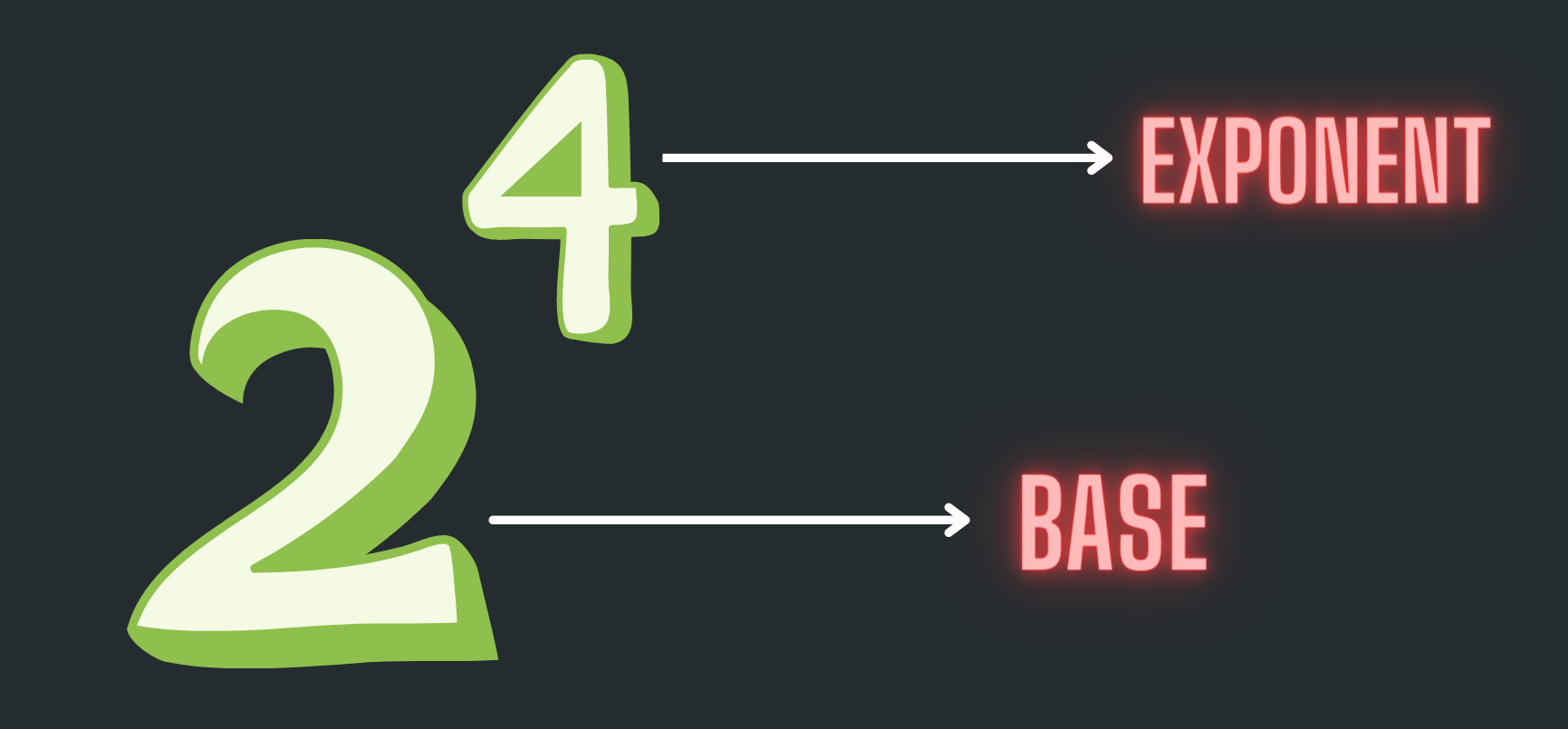Base Model Work Trucks For Sale: The Unsung Heroes of Practicality and Value
In a world increasingly driven by luxury, technology, and ever-expanding feature lists, there remains a segment of the automotive market that steadfastly prioritizes function over frills: the base model work truck. These vehicles are the backbone of countless businesses, the tireless companions of contractors, and the reliable haulers for individuals who demand utility without the hefty price tag of premium trims. When we talk about "base model work trucks for sale," we’re referring to the fundamental, no-nonsense versions of popular pickup trucks and chassis cabs, engineered from the ground up to perform arduous tasks efficiently and affordably. This comprehensive guide will delve into what makes these vehicles indispensable, their myriad benefits, how to navigate the market, and what to consider when making your purchase.
What Defines a Base Model Work Truck?
A base model work truck is, at its core, a vehicle designed for one primary purpose: to work. Unlike their higher-trim counterparts adorned with chrome accents, leather interiors, and advanced infotainment systems, base models are stripped down to the essentials. You’ll typically find manual windows, vinyl or cloth bench seats, a basic AM/FM radio (often without a CD player or touchscreen), and steel wheels. Air conditioning, while common, might be one of the few "comfort" features.
The focus is squarely on the robust powertrain, durable chassis, impressive payload capacity, and substantial towing capabilities. Manufacturers often designate these trims with names like "WT" (Work Truck for Chevrolet), "XL" (Ford), "Tradesman" (Ram), or "Pro" (GMC), signaling their utilitarian intent. These vehicles are built with longevity and low maintenance in mind, utilizing proven mechanical components designed to withstand the rigors of daily commercial use.
The Undeniable Benefits of Opting for a Base Model
Choosing a base model work truck offers a compelling array of advantages, particularly for those with specific needs and budget constraints.
- Significant Cost Savings: This is perhaps the most obvious benefit. Base models come with a substantially lower sticker price than mid-range or luxury trims. This initial saving extends to lower sales tax, potentially lower insurance premiums (due to lower replacement cost and fewer complex systems to repair), and often simpler, less costly maintenance over time due to fewer complicated electronic components.
- Reliability & Durability: With fewer complex electronic systems, sensors, and luxury features to malfunction, base models often boast superior long-term reliability. They are engineered to be rugged and dependable, built to withstand the demands of heavy use, adverse weather, and rough terrain without complaint. Less complexity often means fewer things can go wrong.
- Ease of Customization and Upfitting: A base model truck is essentially a blank canvas. Its utilitarian nature makes it ideal for customization with aftermarket equipment like toolboxes, ladder racks, utility beds, snow plows, or specialized vocational bodies. You’re not paying for features you’ll remove or modify, making your investment more efficient for your specific application.
- Lower Depreciation: While all vehicles depreciate, base model work trucks often hold their value relatively well, particularly in the commercial market. They are bought for their utility and capability, which remains valuable regardless of cosmetic trends or advanced tech updates. Businesses and contractors consistently seek affordable, reliable workhorses, ensuring a steady demand for well-maintained base models.
- Simplicity and Focus: For many, the lack of distractions in a base model is a benefit. There’s no complex infotainment system to navigate, no array of driving modes to choose from. The focus remains on the task at hand, making them ideal for employees who need a straightforward, dependable tool.
Identifying Your Needs: Is a Base Model Right for You?
While the benefits are clear, a base model isn’t for everyone. Before diving into the market, honestly assess your requirements:
- What is your primary use case? Are you hauling heavy materials daily, towing equipment, making deliveries, or simply needing a reliable vehicle for job site commutes? If it’s primarily heavy-duty work, a base model is likely perfect.
- Do you genuinely need advanced features? Do you truly require heated seats, a premium sound system, adaptive cruise control, or a panoramic sunroof for your work? If not, why pay for them?
- What is your budget? Base models offer excellent value within strict budget constraints, allowing you to allocate funds to necessary tools and equipment instead.
- How many passengers will you typically carry? Base models often come in regular cab configurations, ideal for one or two people. If you need to transport a crew, ensure you look for extended or crew cab base models, which are available but less common.
- What kind of terrain will you encounter? While base models are tough, consider if you need 4×4 capability, which is an option even on the most basic trims.
Small businesses, independent contractors (plumbers, electricians, landscapers, carpenters), fleet managers, and even individuals who need a rugged, no-frills vehicle for chores and hauling will find base model work trucks to be an incredibly smart and practical choice.
Navigating the Market: Where to Find Base Model Work Trucks
Finding base model work trucks for sale requires a slightly different approach than searching for consumer-oriented trims.
- Dealerships (New & Used): Most dealerships will have a selection of new base model trucks, especially in their "fleet" or "commercial" sales departments. Don’t be afraid to ask specifically for the "WT," "XL," or "Tradesman" trims. Their used inventory will also often feature retired fleet vehicles.
- Online Marketplaces: Websites like AutoTrader, CarGurus, and the manufacturers’ own used vehicle portals (e.g., Ford Blue Advantage, GM Certified Pre-Owned) allow you to filter by trim level. Look for terms like "Work Truck," "Base," or specific trim codes.
- Fleet Auctions: These auctions, often run by specialized companies, are excellent sources for pre-owned work trucks from large corporations, government agencies, or rental companies. Vehicles are typically well-maintained but might have higher mileage.
- Government Surplus Sales: Municipalities, state agencies, and federal departments regularly auction off their old vehicles, including work trucks. These can be incredible bargains, though condition varies.
- Direct from Businesses: Sometimes, businesses upgrading their fleets will sell their older trucks directly. Check local classifieds or business-to-business listings.
When searching online, use specific keywords in your filters: "Work Truck," "WT," "XL," "Tradesman," "Pro," "Base Model," "Fleet," "Commercial."
Key Considerations Before Buying
Once you’ve identified potential candidates, consider these crucial factors:
- Payload & Towing Capacity: These are paramount. Ensure the truck’s Gross Vehicle Weight Rating (GVWR) and Gross Combined Weight Rating (GCWR) meet or exceed your anticipated loads. Check the specific truck’s door jamb sticker for precise figures.
- Engine & Drivetrain: Decide between gasoline (lower upfront cost, common) and diesel (better fuel economy under load, higher torque, higher initial cost). Determine if you need 2WD (for pavement) or 4WD (for off-road, snow, or mud).
- Cab Configuration: Regular cabs are the most common base models, offering maximum bed length in a shorter overall vehicle. Extended cabs and crew cabs are available in base trims if you need more passenger space, but they will be pricier.
- Bed Length: Do you need a short bed (around 5.5-6.5 feet) for maneuverability or a long bed (6.5-8 feet) for maximum cargo volume and sheet goods?
- Service History (for Used Trucks): A complete service history is non-negotiable for used work trucks. Look for consistent maintenance records. A pre-purchase inspection by an independent mechanic is highly recommended.
- Upfitting Potential: Confirm that the truck’s frame, electrical system, and dimensions are compatible with any specific upfits (e.g., utility body, plow mount, service body) you plan to add.
Maintaining Your Base Model Work Truck
The simplicity of a base model truck doesn’t mean you can neglect maintenance. In fact, consistent upkeep is even more critical for a vehicle that’s expected to work hard.
- Adhere to the Maintenance Schedule: Follow the manufacturer’s recommended intervals for oil changes, fluid checks, tire rotations, and filter replacements.
- Inspect Regularly: Perform routine checks of tires, brakes, lights, and fluid levels. Address any unusual noises or warning lights promptly.
- Cleanliness Matters: Regularly wash the exterior, especially if working in corrosive environments (salt, chemicals). Keep the interior clean to preserve the vinyl/cloth and prevent wear.
- Don’t Overload: While tough, respect the truck’s payload and towing limits to prevent premature wear on the suspension, drivetrain, and brakes.
Price Table: Estimated Costs for Popular Base Model Work Trucks
Below is a general overview of estimated price ranges for new and used base model work trucks. Please note that these are highly variable based on location, specific options, mileage, condition, and market demand.
| Make/Model (Base Trim) | New Price Range (Est.) | Used Price Range (Est.) | Key Characteristics |
|---|
## Base Model Work Trucks For Sale: The Unsung Heroes of Practicality and Value
In a world increasingly driven by luxury, advanced technology, and ever-expanding feature lists, there remains a fundamental segment of the automotive market that steadfastly prioritizes function over frills: the base model work truck. These vehicles are the backbone of countless businesses, the tireless companions of contractors, and the reliable haulers for individuals who demand utility without the hefty price tag of premium trims. When we talk about "base model work trucks for sale," we're referring to the fundamental, no-nonsense versions of popular pickup trucks and chassis cabs, engineered from the ground up to perform arduous tasks efficiently and affordably. This comprehensive guide will delve into what makes these vehicles indispensable, their myriad benefits, how to navigate the market, and what crucial considerations to keep in mind when making your purchase.
### What Defines a Base Model Work Truck?
A base model work truck is, at its core, a vehicle designed for one primary purpose: to work. Unlike their higher-trim counterparts adorned with chrome accents, leather interiors, and advanced infotainment systems, base models are stripped down to the essentials. You'll typically find features like manual windows, durable vinyl or basic cloth bench seats, a simple AM/ Trucks for Sale Find the best deals on used trucks for sale across the USA. Browse pickups, semi trucks, dump trucks and more – updated daily
Trucks for Sale Find the best deals on used trucks for sale across the USA. Browse pickups, semi trucks, dump trucks and more – updated daily

